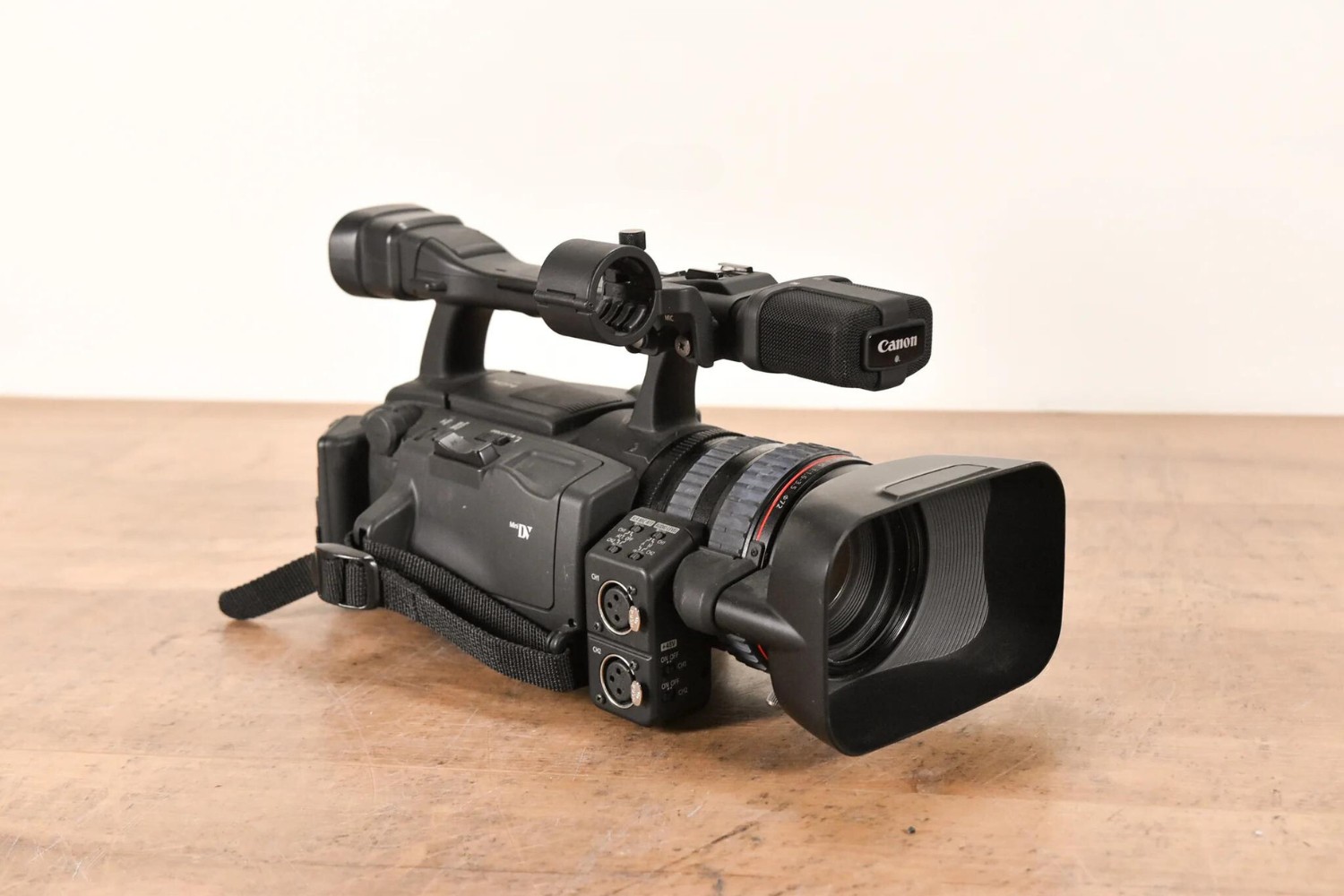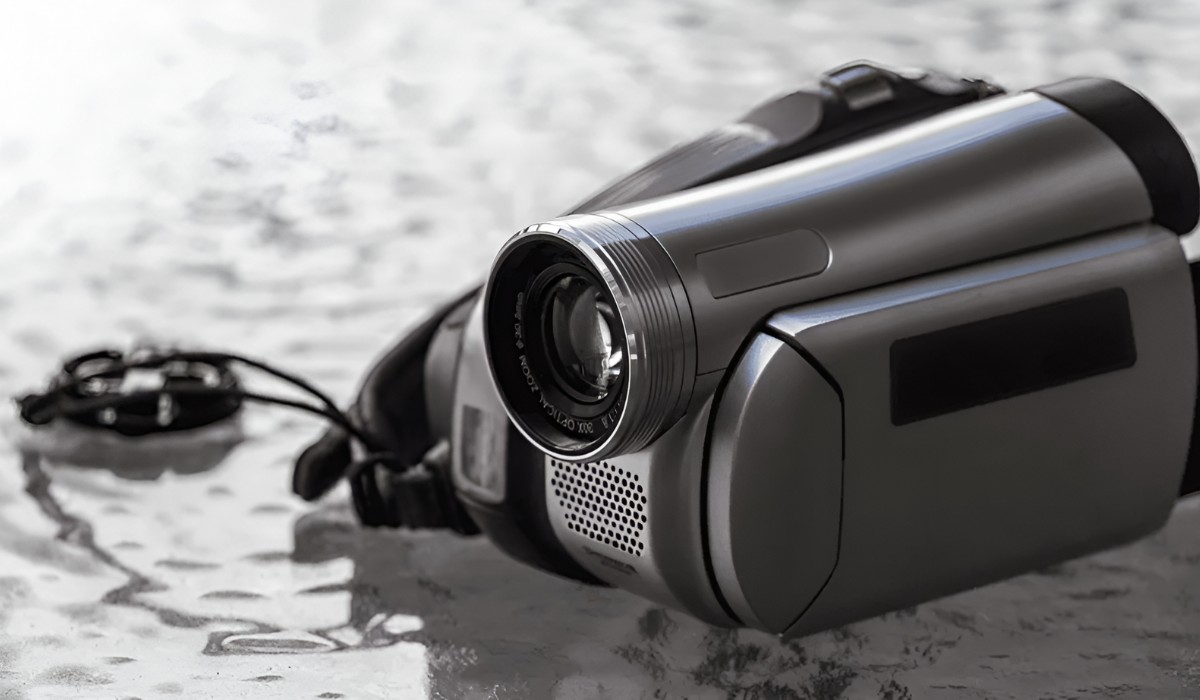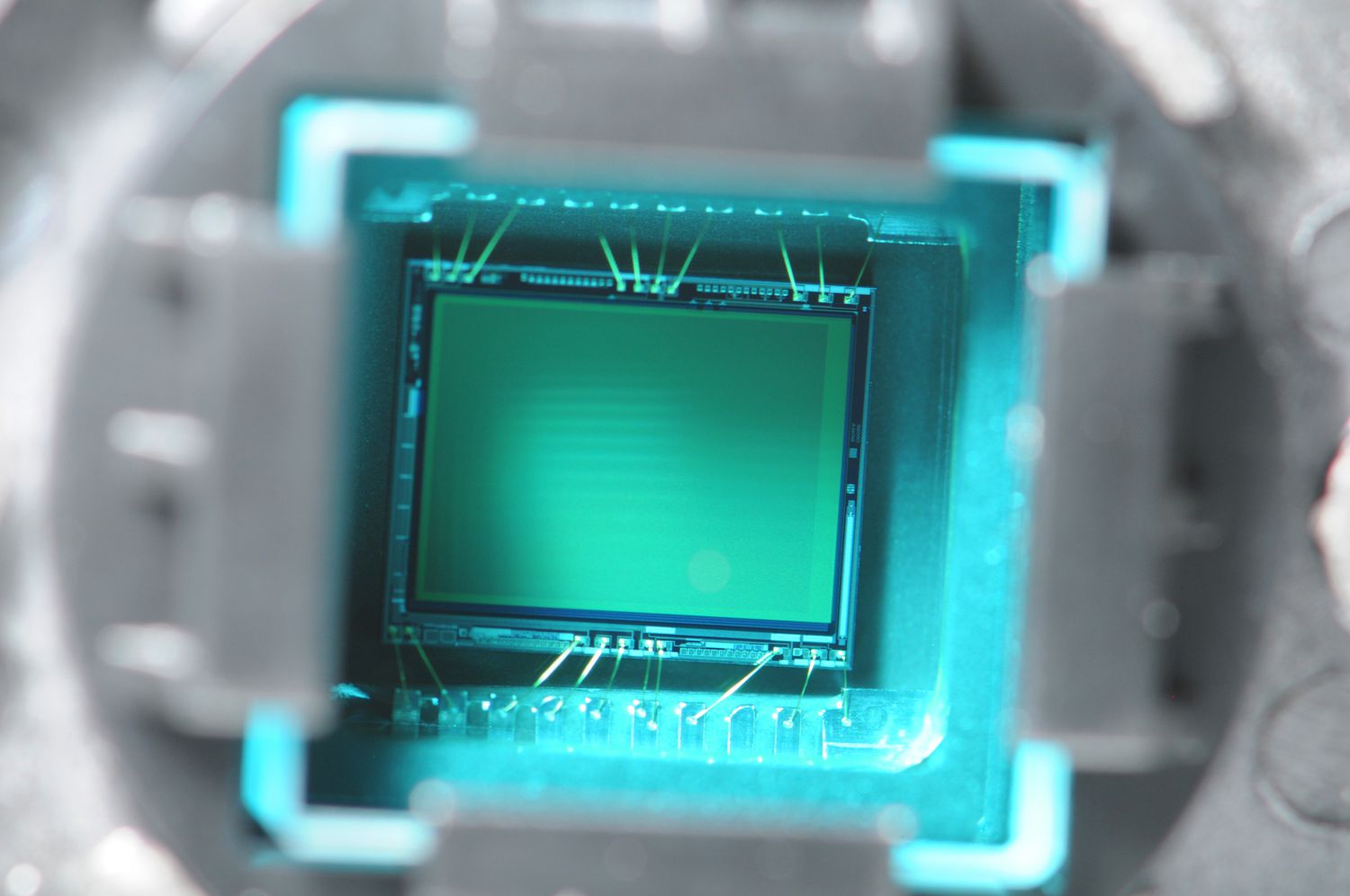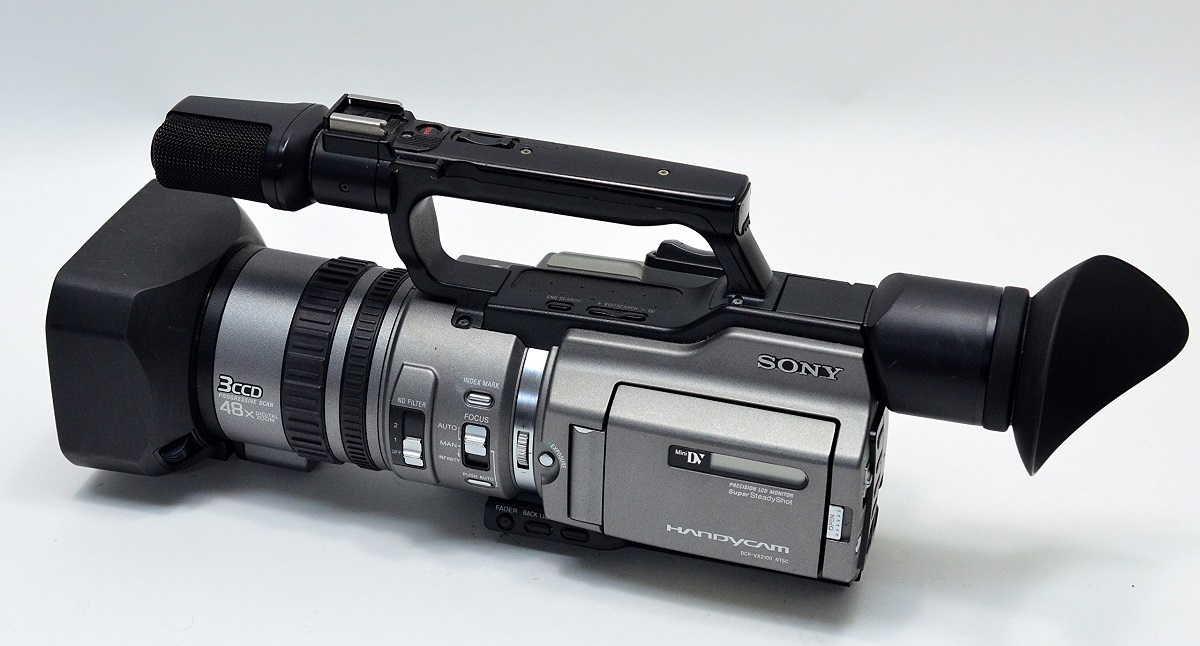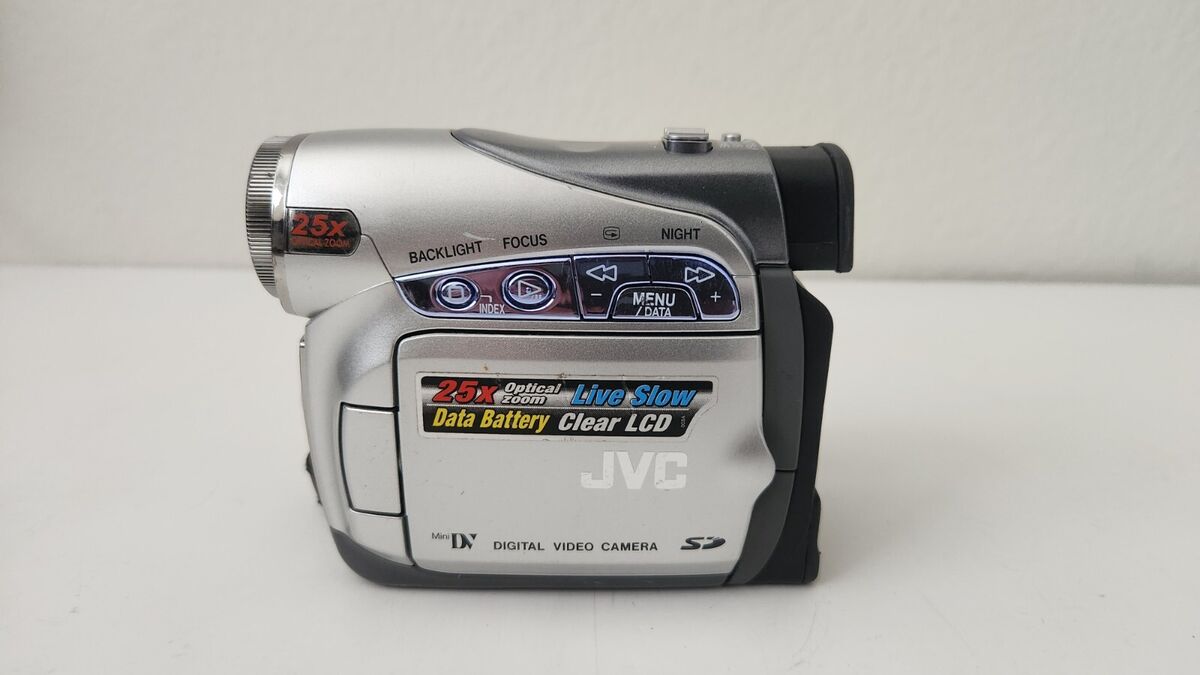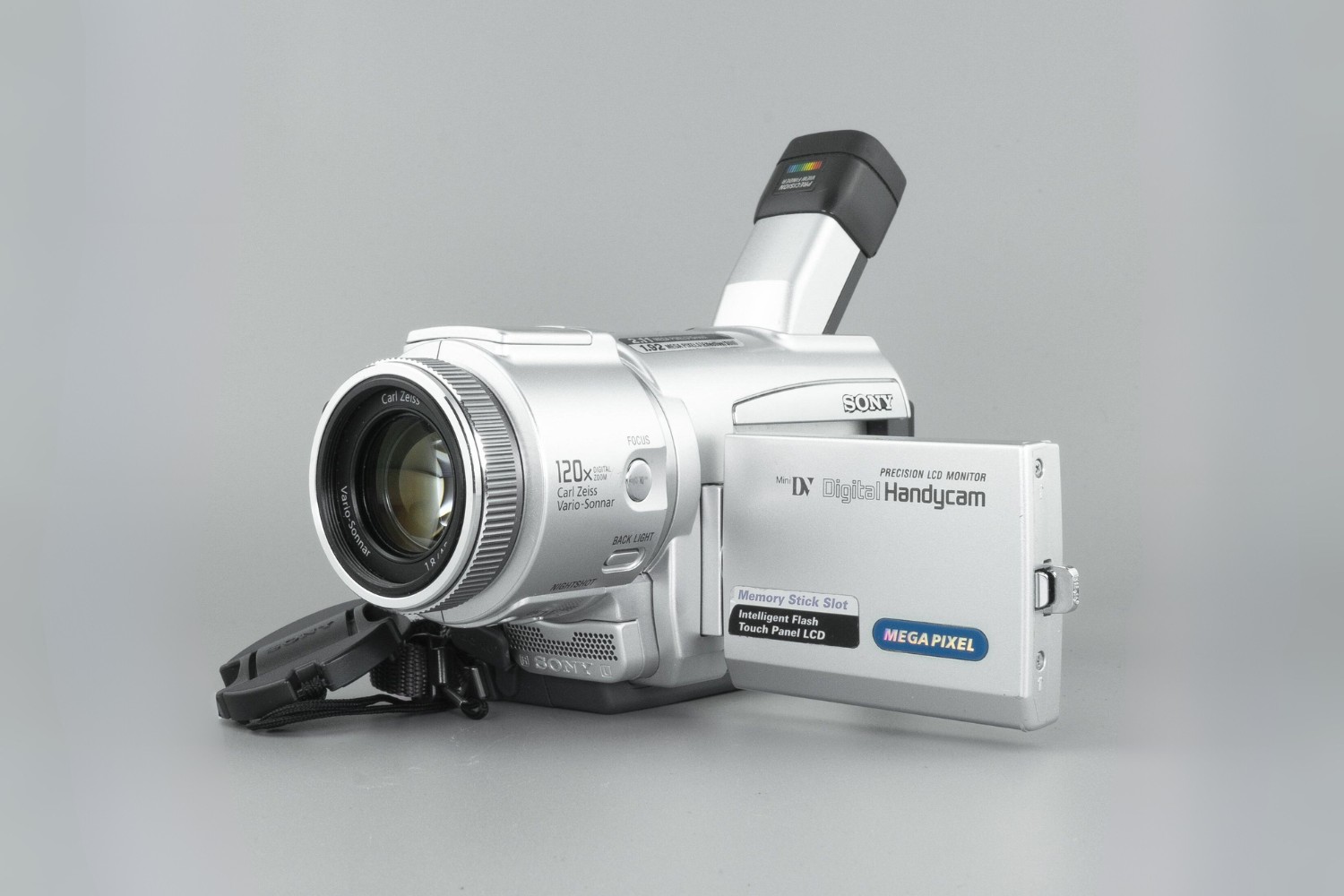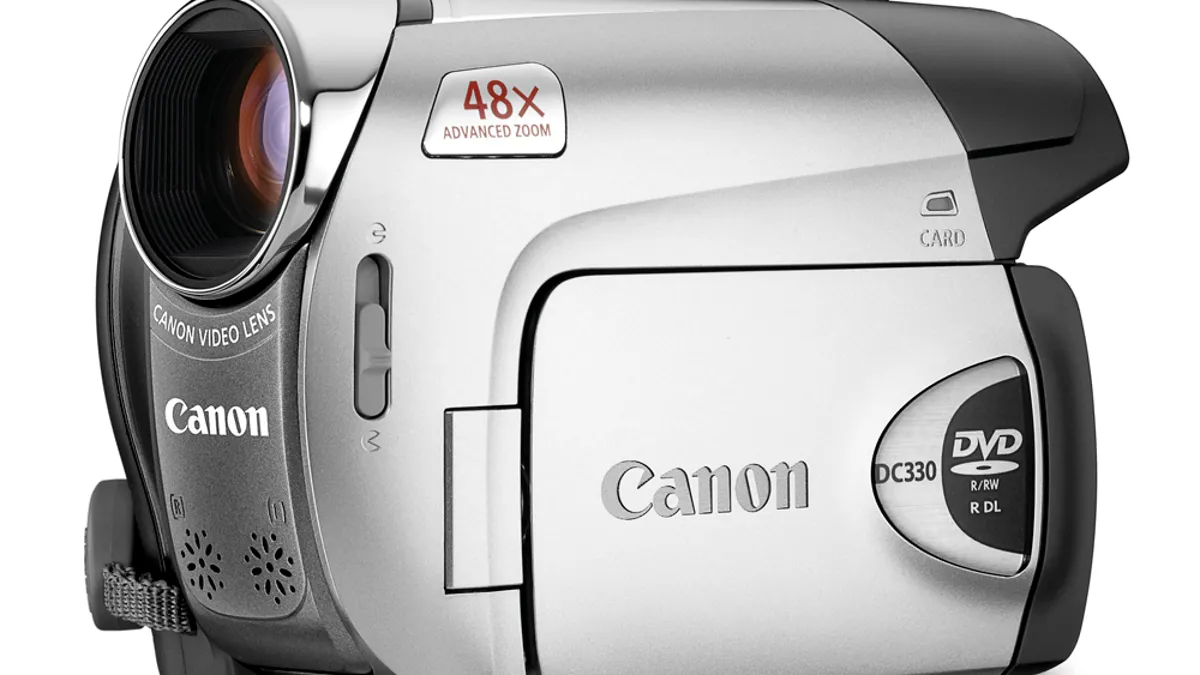Introduction
When exploring the world of camcorders, one is likely to encounter the term "CCD" in discussions about their functionality and image capturing capabilities. Understanding what a CCD is and its role in a camcorder is essential for anyone interested in videography or seeking to make an informed purchase decision. This article aims to shed light on the concept of CCD in the context of camcorders, providing insights into its functionality, types, advantages, and disadvantages.
The acronym "CCD" stands for "charge-coupled device," which is a crucial component in digital imaging technology. In the realm of camcorders, the CCD serves as the electronic eye, converting light into electronic signals that ultimately produce the video footage. This technology has revolutionized the way we capture and preserve moments, offering enhanced clarity and detail compared to traditional analog recording methods.
Understanding the inner workings of a CCD in a camcorder involves delving into the realms of semiconductor physics and digital signal processing. Despite its technical complexity, the practical implications of CCD technology are profound, impacting the quality and fidelity of video recordings. As such, a closer examination of the CCD's functionality and its implications for camcorders is essential for anyone seeking to comprehend the intricacies of modern videography.
In the subsequent sections, we will delve deeper into the specifics of CCD technology, exploring how it operates within a camcorder, the various types of CCDs utilized, and the advantages and disadvantages associated with their implementation. By the end of this article, readers will have gained a comprehensive understanding of CCD technology in the context of camcorders, empowering them to make informed decisions and appreciate the technological marvels that enable the seamless capture of life's most precious moments.
What is a CCD?
A Charge-Coupled Device (CCD) is a specialized image sensor used in camcorders and digital cameras to capture and process visual information. It is a crucial component that plays a pivotal role in converting light into electronic signals, which are then translated into the digital images and videos that we capture. The CCD essentially functions as the "electronic eye" of the camcorder, enabling the conversion of optical data into digital information.
Physically, a CCD is a silicon-based integrated circuit comprising an array of light-sensitive diodes called photosites. These photosites, also known as pixels, are responsible for capturing individual elements of an image. When light strikes the surface of the CCD, it generates an electric charge in each pixel proportional to the intensity of the light. This charge is then transferred through the device to be processed and converted into a digital representation of the visual scene.
One of the defining characteristics of a CCD is its ability to capture high-quality images with exceptional detail and fidelity. This is attributed to the precise and efficient manner in which the charge is transferred across the device, resulting in minimal noise and distortion. The CCD’s sensitivity to light and its ability to accurately capture color information make it an indispensable component in modern imaging technology.
Furthermore, the design of CCDs allows for the capture of images in a progressive manner, where each row of pixels is exposed and read sequentially. This contributes to the production of sharp and clear images, especially in conditions with minimal light or fast-moving subjects. The progressive scanning method employed by CCDs is particularly advantageous in videography, as it minimizes motion artifacts and ensures smooth, high-quality footage.
Overall, the CCD represents a remarkable feat of engineering, enabling the faithful reproduction of visual information in digital form. Its pivotal role in transforming light into electronic signals underscores its significance in the realm of camcorders and digital imaging, making it a technology worthy of exploration and appreciation.
How does a CCD work in a camcorder?
The functionality of a CCD in a camcorder is a fascinating process that involves the conversion of optical data into electronic signals, ultimately leading to the creation of digital video footage. The intricate workings of a CCD can be best understood by examining the step-by-step process through which it operates within a camcorder.
When light enters the lens of a camcorder, it converges onto the surface of the CCD, where the photosites or pixels await to capture the incoming visual information. Each pixel on the CCD is responsible for converting the intensity of the light it receives into an electric charge. The accumulated charges across all the pixels collectively represent the optical data that forms the basis of the captured image.
Following the capture of the optical data, the charges stored in the pixels need to be transferred across the CCD for processing. This is achieved through a series of precise and coordinated movements, facilitated by the charge-coupled structure of the device. The electric charges are shifted in a controlled manner, row by row, to the output amplifier, where they are converted into voltage signals.
Once the charges have been converted into voltage signals, they undergo analog-to-digital conversion, where they are transformed into digital data that can be processed and stored. The digital representation of the optical information is then further processed by the camcorder’s internal circuitry to enhance color accuracy, contrast, and overall image quality.
As the processed digital data is obtained, it is ready to be stored on a memory card or other storage medium within the camcorder. This digital data can subsequently be accessed, edited, and shared, allowing the captured moments to be preserved and enjoyed for years to come.
The seamless orchestration of these processes within the CCD enables the camcorder to capture and produce high-quality video footage with remarkable clarity and fidelity. Understanding the inner workings of the CCD in a camcorder provides insight into the technological marvels that underpin modern videography, highlighting the sophistication and precision involved in the conversion of light into digital imagery.
Types of CCD in Camcorders
CCDs used in camcorders can be categorized into several types based on their designs and technological features. Understanding the different types of CCDs provides valuable insight into the capabilities and performance attributes of various camcorder models.
1. Interline Transfer CCD: This type of CCD is commonly found in consumer-grade camcorders. It features a structure where the photosites are arranged in alternating rows of light-sensitive pixels and masked pixels. The masked pixels serve to shield the light-sensitive pixels during the charge transfer process, reducing smear and blooming effects in the captured images. Interline transfer CCDs are known for their efficient light sensitivity and are suitable for general videography purposes.
2. Frame Transfer CCD: Frame transfer CCDs are often utilized in professional-grade camcorders and digital imaging equipment. They employ a design where the entire image area is divided into two sections: the light-sensitive pixels and the storage area. This configuration allows for the simultaneous capture and transfer of image data, enabling rapid and continuous recording. Frame transfer CCDs are favored for their ability to deliver high-resolution images and are commonly employed in applications that demand superior image quality and performance.
3. Full-Frame CCD: Full-frame CCDs represent a specialized category of image sensors that are relatively rare in consumer camcorders. These CCDs feature a design where the entire image area is dedicated to light-sensitive pixels, without any masked or storage regions. Full-frame CCDs are renowned for their exceptional light-gathering capabilities and are often utilized in niche applications such as astrophotography and scientific imaging, where sensitivity and precision are paramount.
4. Back-Illuminated CCD: Back-illuminated CCDs have gained prominence in recent years due to their innovative design, which positions the light-sensitive elements on the reverse side of the silicon substrate. This configuration allows for improved light absorption and reduced optical loss, resulting in enhanced sensitivity and low-light performance. Back-illuminated CCDs are increasingly integrated into camcorders that prioritize low-light videography and high-speed imaging, offering superior performance in challenging lighting conditions.
Each type of CCD in camcorders presents unique advantages and capabilities, catering to diverse videography requirements and technical specifications. By understanding the distinctions between these CCD variants, consumers and professionals can make informed decisions when selecting camcorders that align with their specific imaging needs and creative aspirations.
Advantages of Using a CCD in a Camcorder
Utilizing a Charge-Coupled Device (CCD) in a camcorder offers a myriad of advantages that contribute to the production of high-quality video footage and the enhancement of the overall imaging experience. These advantages are instrumental in shaping the performance and capabilities of camcorders, influencing their suitability for diverse videography applications and creative endeavors.
1. Exceptional Image Quality: CCDs are renowned for their ability to capture images with exceptional clarity, color accuracy, and detail. The precise and efficient manner in which they convert light into electronic signals results in high-fidelity video footage, making them ideal for applications that demand superior image quality.
2. Low Noise and Distortion: The design of CCDs minimizes noise and distortion in captured images, ensuring that the video footage remains clean and artifact-free. This attribute is particularly advantageous in low-light conditions and high-contrast scenes, where maintaining image integrity is crucial.
3. Progressive Scanning: CCDs facilitate progressive scanning, where each row of pixels is exposed and read sequentially. This method ensures the production of sharp and clear images, especially in fast-paced videography scenarios. The absence of interlacing artifacts contributes to the smooth and natural portrayal of motion in captured footage.
4. High Sensitivity to Light: CCDs exhibit high sensitivity to light, enabling them to capture vivid and well-exposed images even in challenging lighting conditions. This attribute is particularly beneficial for low-light videography, where maintaining image quality and minimizing noise are paramount.
5. Color Accuracy and Reproduction: CCDs are capable of accurately capturing and reproducing color information, resulting in vibrant and true-to-life color representation in video footage. This attribute is essential for applications where color fidelity is of utmost importance, such as cinematography and documentary filmmaking.
6. Reduced Motion Artifacts: The progressive scanning method employed by CCDs minimizes motion artifacts, ensuring that fast-moving subjects are captured with exceptional clarity and smoothness. This attribute is valuable for videography scenarios that involve dynamic action and rapid motion.
7. Professional-Grade Performance: CCDs are favored in professional-grade camcorders and digital imaging equipment due to their ability to deliver high-resolution, high-fidelity video footage. Their performance attributes make them indispensable for professional videography, broadcasting, and cinematography applications.
By harnessing these advantages, camcorders equipped with CCDs empower videographers and content creators to capture and produce compelling video footage with outstanding visual quality and fidelity. The inherent capabilities of CCD technology contribute to the seamless realization of artistic visions and the preservation of memorable moments in stunning detail.
Disadvantages of Using a CCD in a Camcorder
While Charge-Coupled Devices (CCDs) offer numerous advantages in the realm of camcorders, they are also associated with certain limitations and drawbacks that warrant consideration. Understanding the disadvantages of using a CCD in a camcorder provides valuable insight into the technology’s constraints and areas for potential improvement.
1. Power Consumption: CCDs are known to consume relatively high levels of power, which can impact the battery life of camcorders. The continuous operation of the CCD and its associated circuitry necessitates a steady power supply, leading to increased energy consumption and shorter operating durations on a single battery charge.
2. Fixed Pattern Noise: CCDs are susceptible to fixed pattern noise, which manifests as consistent pixel-level variations in the captured images. This phenomenon can detract from image quality, particularly in low-light conditions, and may require post-processing to mitigate its effects.
3. Blooming and Smear: In situations where the CCD is exposed to intense sources of light, such as bright reflections or direct sunlight, blooming and smear artifacts may occur. These visual distortions can impact the overall quality of the captured footage, necessitating careful management of exposure and lighting conditions.
4. Complex Manufacturing Process: The production of CCDs involves intricate and resource-intensive manufacturing processes, leading to higher production costs compared to alternative image sensor technologies. This can contribute to the overall cost of camcorders and imaging equipment, potentially affecting their accessibility to certain consumer segments.
5. Limited Dynamic Range: CCDs may exhibit limitations in capturing a wide dynamic range of luminance levels within a single frame. This can result in the loss of detail in shadowed or highlighted areas of the image, impacting the overall tonal range and contrast in the captured footage.
6. Physical Size and Weight: CCDs, particularly those designed for professional and high-performance applications, can contribute to the overall size and weight of camcorders. This can affect the portability and ergonomics of the equipment, posing challenges in certain videography scenarios that demand agility and maneuverability.
7. Heat Generation: The operation of CCDs can lead to the generation of heat within the camcorder, potentially impacting the device’s thermal management and requiring additional cooling mechanisms. The dissipation of heat is essential to maintain the optimal performance and longevity of the CCD and the camcorder as a whole.
By acknowledging these disadvantages, manufacturers and users of camcorders equipped with CCDs can make informed decisions regarding the selection, operation, and optimization of imaging technology. Addressing these limitations through technological advancements and innovative solutions can lead to the continued evolution of CCD-based camcorders, further enhancing their capabilities and performance.
Conclusion
The Charge-Coupled Device (CCD) stands as a cornerstone of modern camcorder technology, serving as the catalyst for the seamless conversion of light into electronic signals and the faithful reproduction of visual information. Its pivotal role in capturing high-quality video footage, preserving memorable moments, and empowering creative expression underscores its significance in the realm of videography and digital imaging.
Throughout this exploration of CCD technology in camcorders, we have delved into the inner workings of CCDs, their operational principles, and the diverse types that cater to varying imaging requirements. The advantages of CCDs, including exceptional image quality, low noise, and progressive scanning, have been highlighted, showcasing their instrumental role in elevating the visual fidelity and clarity of captured video footage.
Conversely, the limitations and challenges associated with CCDs, such as power consumption, fixed pattern noise, and physical size, have been acknowledged. Understanding these aspects provides a holistic perspective on the capabilities and trade-offs inherent in CCD-based camcorders, guiding users and manufacturers in optimizing their performance and addressing potential areas for improvement.
As technological advancements continue to shape the landscape of imaging sensors and digital signal processing, the legacy of CCDs persists as a testament to their enduring impact on videography and the preservation of visual narratives. The evolution of CCD technology, coupled with the integration of innovative solutions, holds the promise of further enhancing the capabilities and performance of camcorders, ensuring that they continue to capture life’s most cherished moments with unparalleled clarity and artistry.
In essence, the CCD remains a testament to the ingenuity and precision of imaging technology, embodying the convergence of science and art in the pursuit of visual storytelling and expression. Its legacy endures as a beacon of inspiration for videographers, content creators, and enthusiasts, driving the continual evolution of camcorders and imaging equipment to new heights of excellence and creativity.









